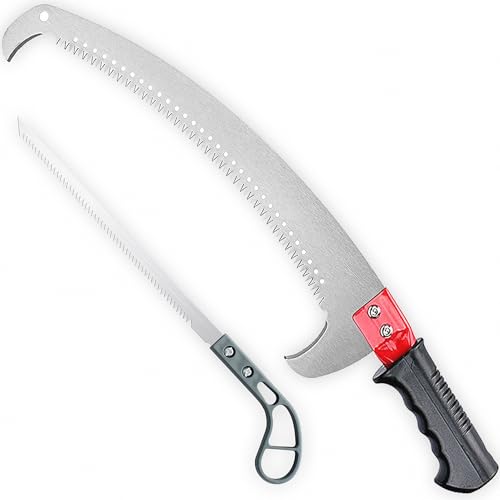Sidecarflip
Addicted to ArboristSite
I see no need to. Runs fine, gets 40 mpg (if I drive conservatively) and it goes like a raped ape if I want to.
I suggest you try Bore Tech Eliminator. All my long range hunting riles get the BTE treatment and my Gradient Lens bore scope tells me it works just fine (as in no copper fouling) or propellant build up. I use it on my handguns as well. One thing however, when cleaning any rifle you have to use a device that keeps (any solvent) out of the action, especially with Jewell triggers.
Been hunting and shooting long range rifles for years, mostly custom built ones.
BTE is not cheap however.
I suggest you try Bore Tech Eliminator. All my long range hunting riles get the BTE treatment and my Gradient Lens bore scope tells me it works just fine (as in no copper fouling) or propellant build up. I use it on my handguns as well. One thing however, when cleaning any rifle you have to use a device that keeps (any solvent) out of the action, especially with Jewell triggers.
Been hunting and shooting long range rifles for years, mostly custom built ones.
BTE is not cheap however.























































